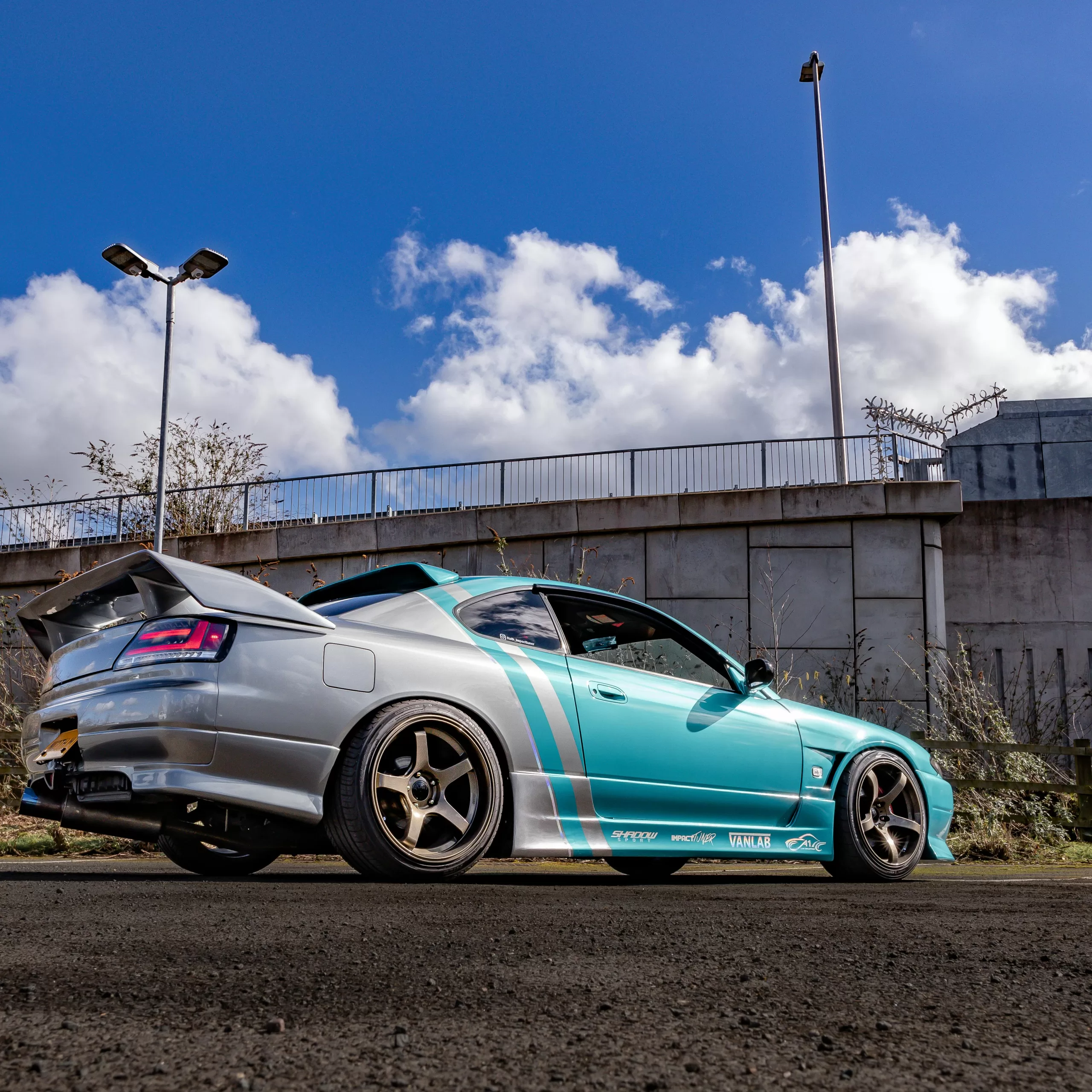What is JDM?
What is JDM? An Enthusiast’s Guide to Japanese Domestic Market Cars
Scan a parking lot at your local cars and coffee meet and you’ll undoubtedly spot some stickered-up compact sporting wild aero kits and brightly painted brake calipers. These fiercely customized machines draw immediate attention from fellow enthusiasts. But what do those three letters “J D M” adorning trunk lids signify? Welcome to the expansive community and counterculture orbiting Japanese Domestic Market vehicles.

JDM stands for Japanese Domestic Market. It’s a high-performance Japanese model sold only in Japan. Japanese domestic market vehicles may differ greatly from cars. Japanese manufacturers build for export and vehicles derived from the same platforms built in other countries

As global opinions of Asian automobile brands evolved through the 1980s from dismissiveness towards admiration and desire, these sticker-slapped machines served as hype ambassadors boosting awareness of exclusive JDM variants built expressly for Japanese customers but largely unknown elsewhere. Let’s unpack exactly why these cars garner such cult-like fervor, key traits separating JDM examples from international models, plus legendary nameplates cementing Japan’s glowing enthusiast reputation through the modern classic era.

What is JDM? Defining Japanese Domestic Market Cars
First, what categorizes a car distinctly as JDM? Simply put, vehicles branded under Japanese automaker nameplates like Toyota, Nissan, and Mazda are built expressly for sale in the Home Islands market. JDM models cater exactly to Japanese regulations, tax implications plus unique local customer preferences. As a result, many JDM cars feature exclusive engine options, driveline configurations, and model types not exported beyond Japan’s shores. We’ll explore the hows and whys of popular JDM mechanical differences shortly.
What Makes JDM Cars Unique? Bespoke Engines, Parts & Models
One can’t discuss JDM’s allure without calling out key mechanical differences distinguishing them from international exports. Thanks to varied vehicle taxes and licensing procedures based on displacement sizes or power outputs, Japanese car manufacturers optimized powertrains fitting specific vehicle categories. Engine configurations skipped other markets emerged as high-winding inline-fours, smooth inline six-cylinders displacing just 2.0 liters, and lightweight kei car 660cc motors.
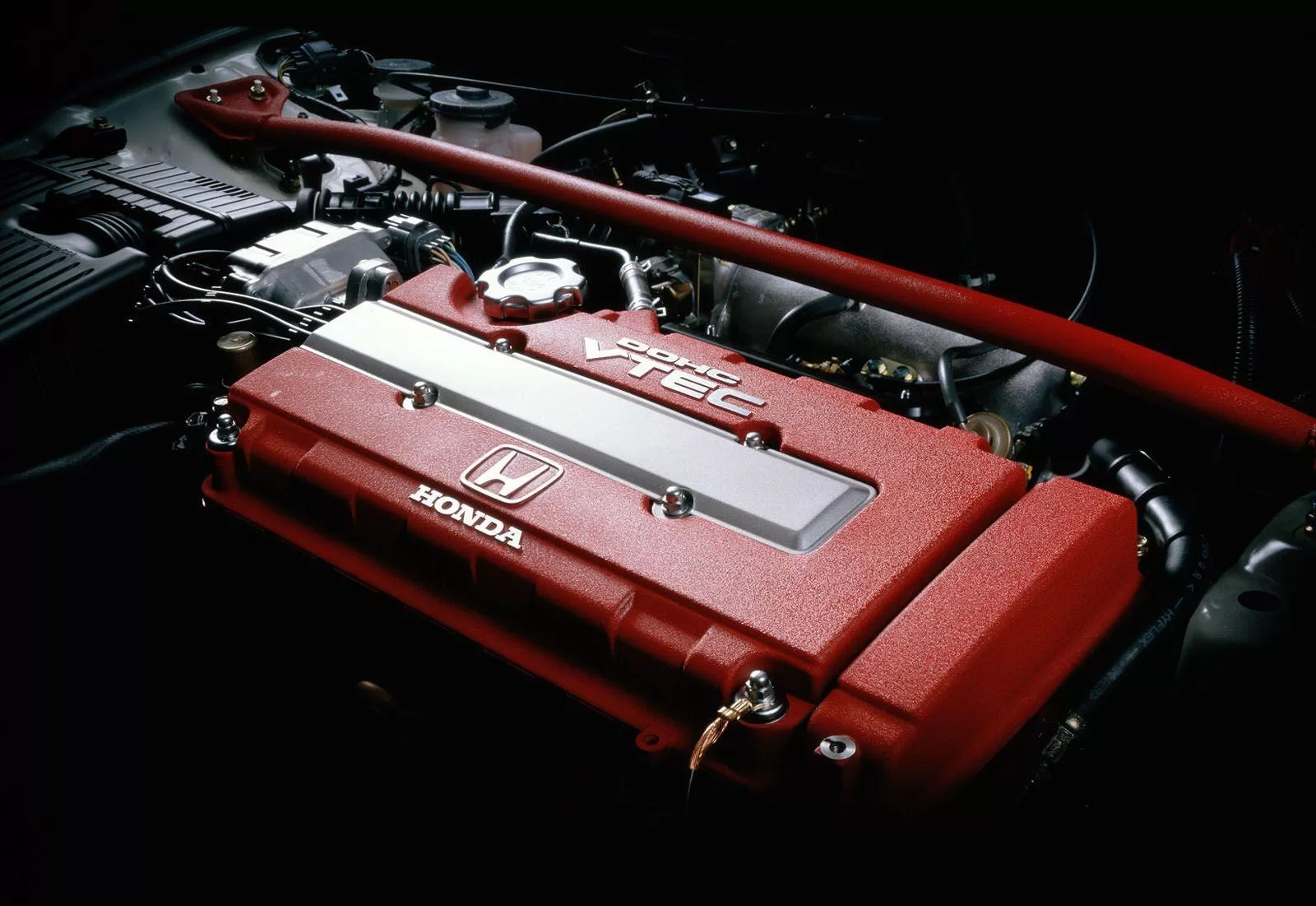
Advanced technologies found homes earlier in JDM-exclusive debuts too. Features like variable valve lift, turbocharging, all-wheel drive, and high specific power outputs filtered down from flagship models like the Toyota Century limousine or Autozam AZ-1 microcar into volume sellers well before arriving internationally. Relative affordability thanks to robust home market competition in period Japan put otherwise fascinating mechanicals into attainable packages – a key allure seeding JDM enthusiast cultures which continues today.
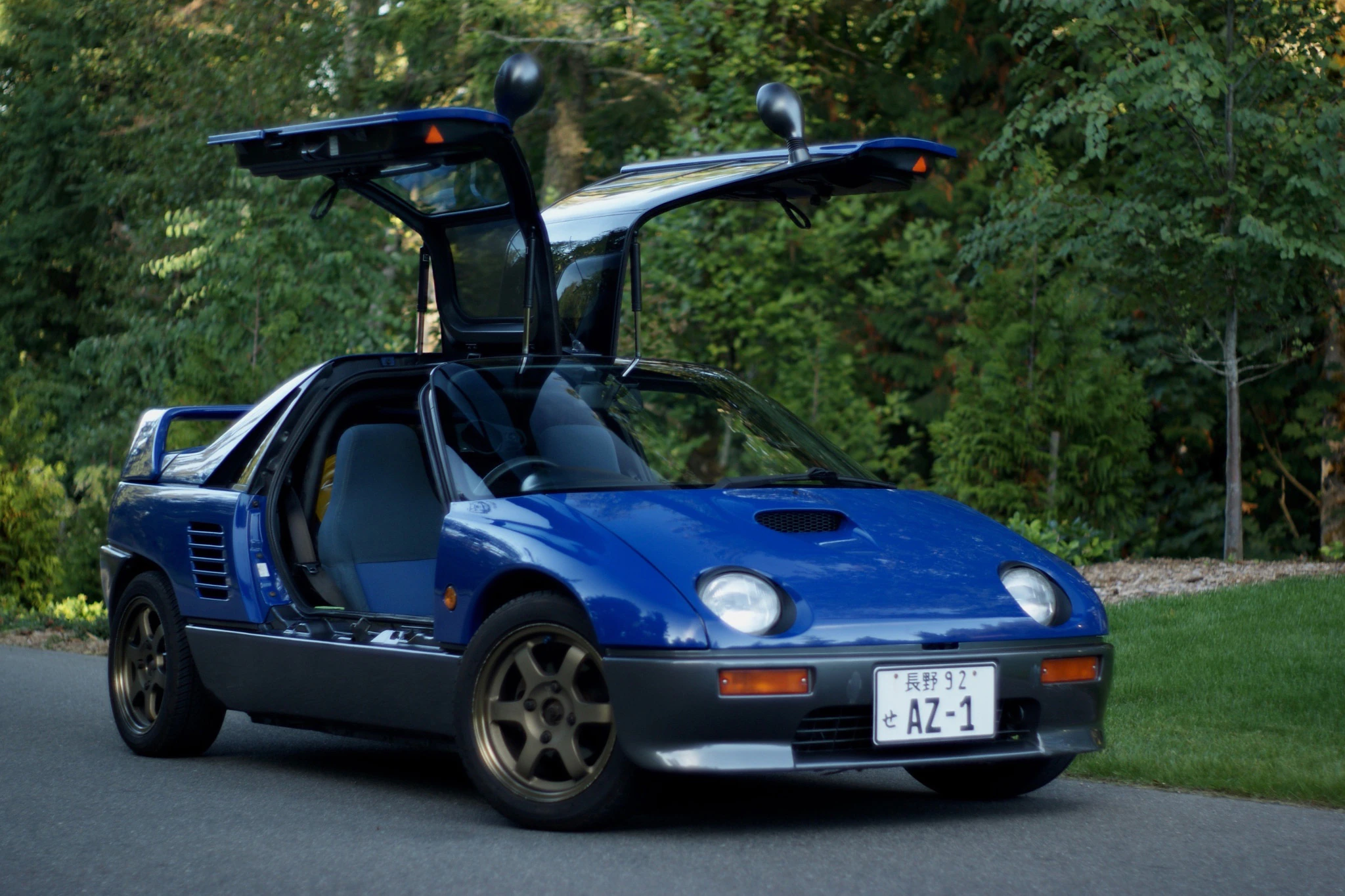
Beyond engines, Japan-specific performance variants gain favor through additional standard or optional equipment absent from Western vehicles – features that focus on control, refinement, and driver engagement over outright speed. Limited-slip differentials for maximizing traction, multi-link suspension packages adding cornering precision, and advanced AdVAN-branded wheel upgrades represent common JDM-only factory inclusions that overseas buyers needed to source later from dealership parts catalogs if available.
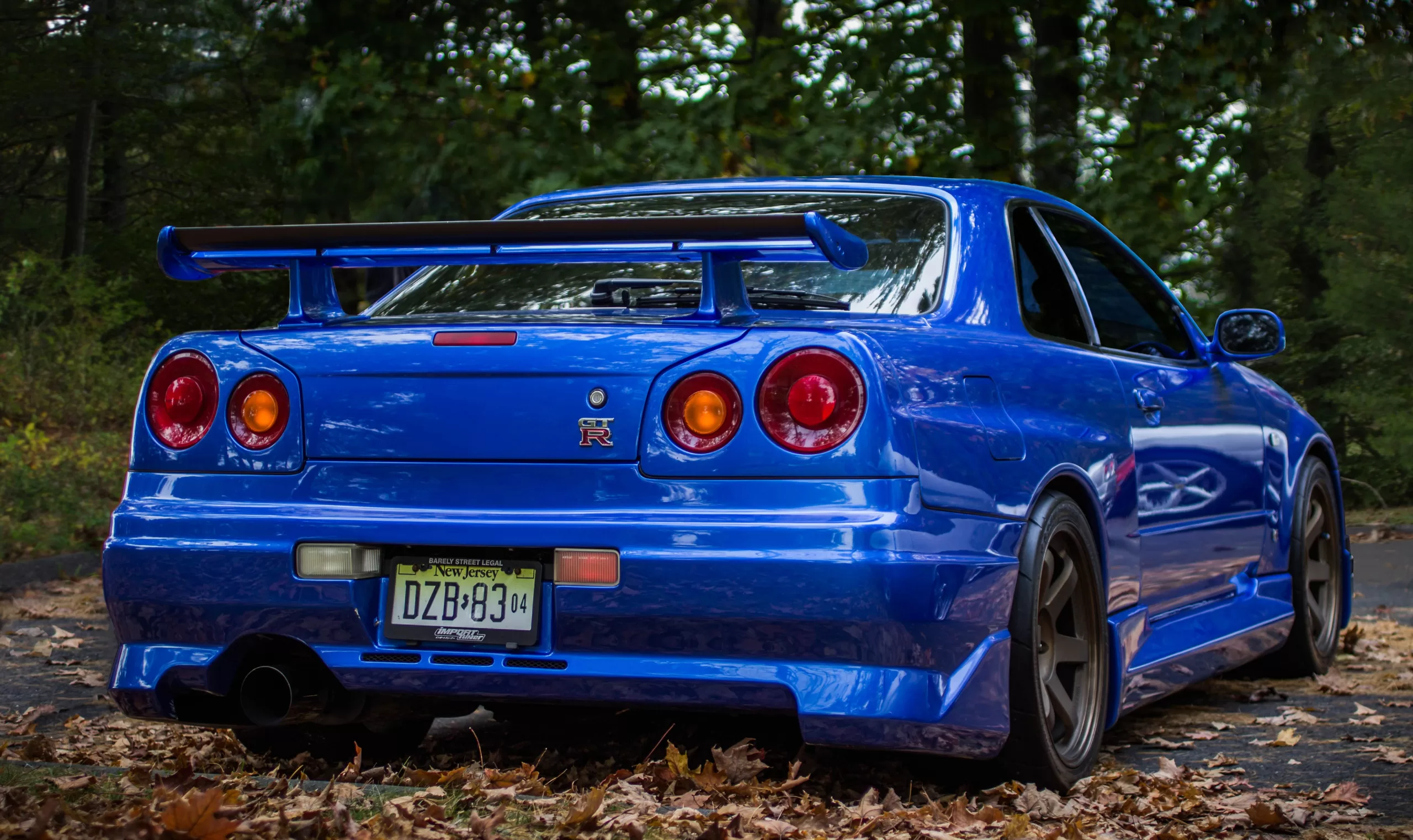
Then unique trim lines like the Nissan Skyline GT-R, Mazda Eunos Cosmo, or Honda Prelude SiR paint broader halo effects through range-topping performance often reserved strictly for Japanese clientele. We’ll examine these icons shortly. First, let’s explore legal importation processes enabling enthusiasts globally to go JDM.
These Cars Are Characterized By The Following Features.
- Designed and produced by a domestic car manufacturer specifically for the Japanese market. The model has Japanese characteristics.
- Outstanding power performance. The powertrain has been tuned to be different from the export model.
Limited edition and collector’s value - Emphasis on sporty handling experience rather than straight-line acceleration performance
- Loyal enthusiast community and tuning culture
JDM classics include:
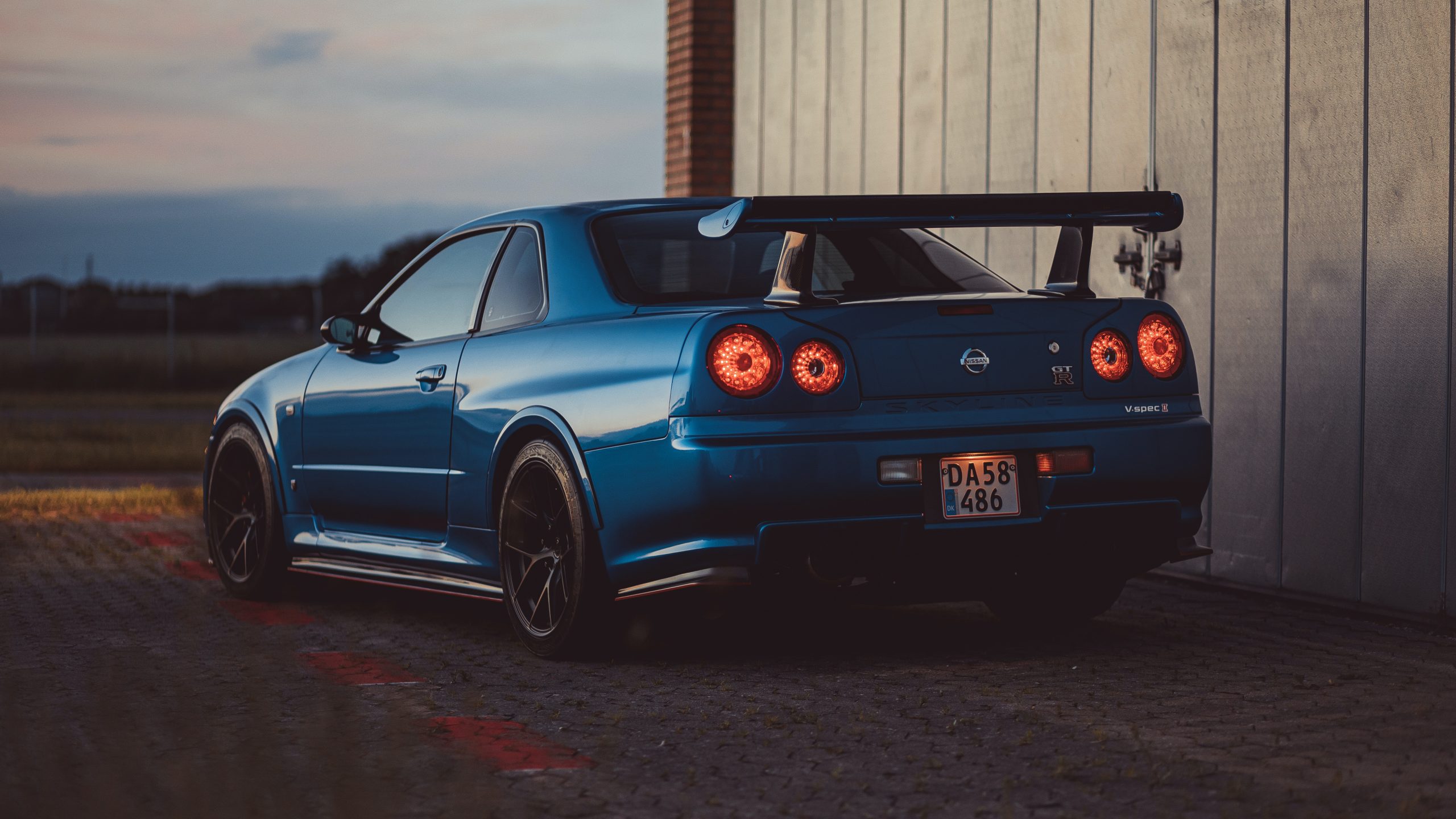
Nissan’s iconic high-performance sports sedan, known for its high-powered engines such as the RB26 and ATTESA four-wheel drive system, is synonymous with arcade racing.
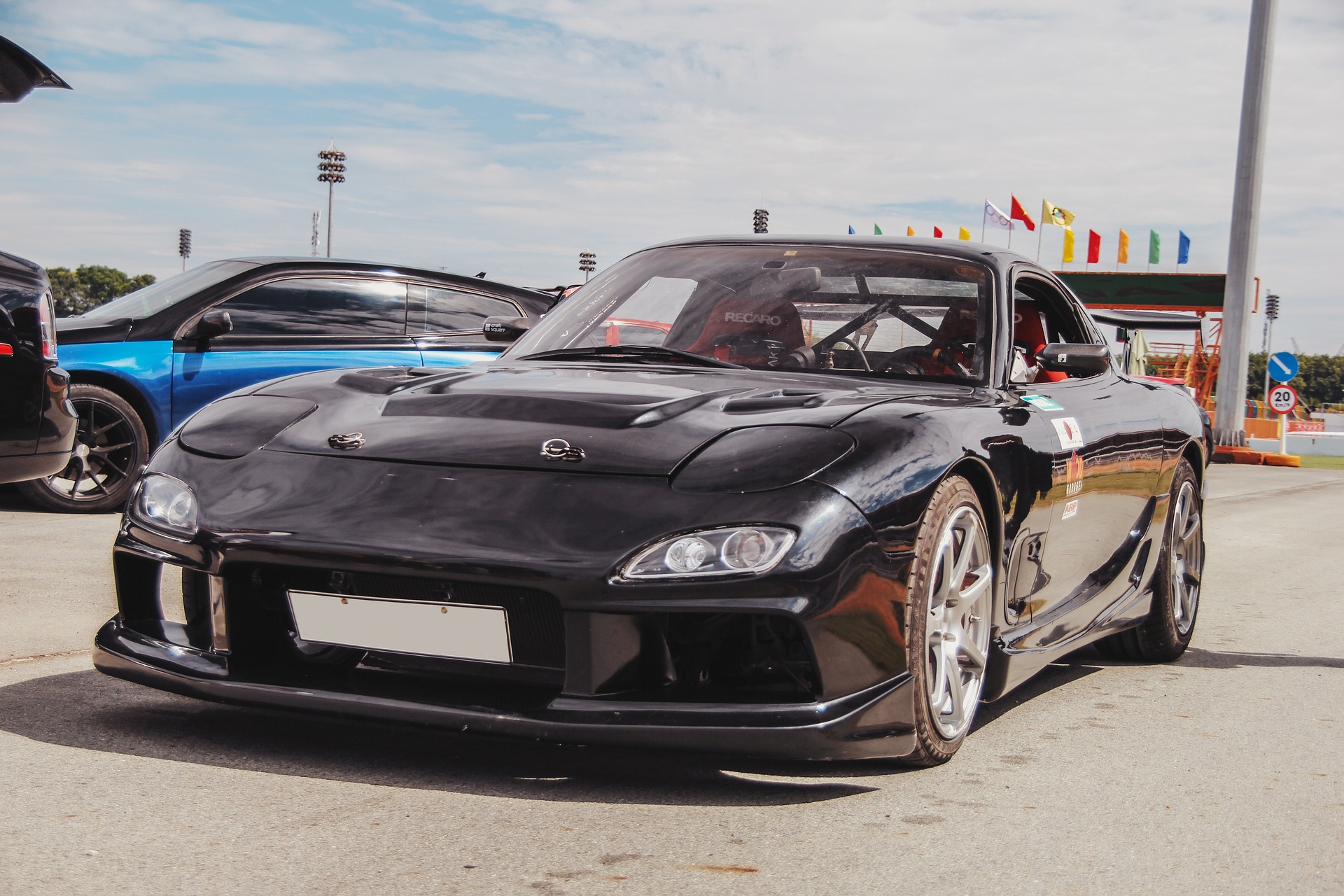
Mazda’s flagship sports car, the FC and FD generations are known for their sporty lightweight design and extremely high revs.
Mazda stakes fame on engineering audacity sticking steadfastly to unconventional Wankel rotary engine technology since the early 1960s at great expense battling increasing emissions regulations. But enthusiasts fondly recall the pinnacle FD3S RX7 evolution as the zenith realization powered by spinning triangle-lobed rotors.

Honda’s first mid-engine supercar, VTEC technology and good handling performance make it a model of JDM supercar.

- Toyota Supra: Toyota’s flagship performance, with 2JZ and other generations of excellent engines, MK4 type is widely favored by tuners.
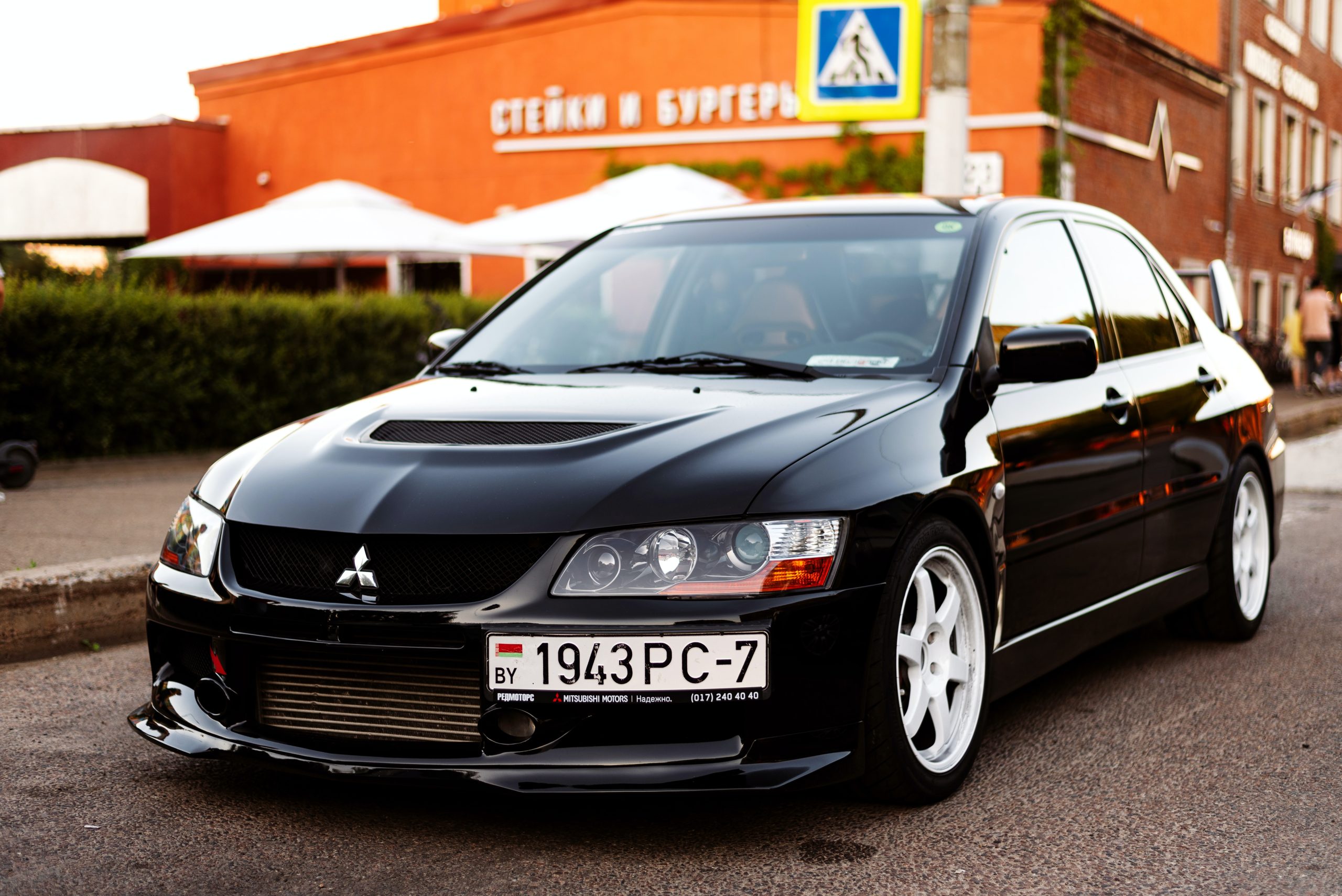
- Mitsubishi Lancer Evolution: representative of the Japanese Rally Homologation special line of models, barb four-eye mask design, and high performance to maintain high visibility.
It also extends to other types of modified vehicles:

-
Small-displacement racing motorcycles:
classic models such as the Kawasaki Ninja 250R and Honda Monkey have a JDM small-displacement racing culture.
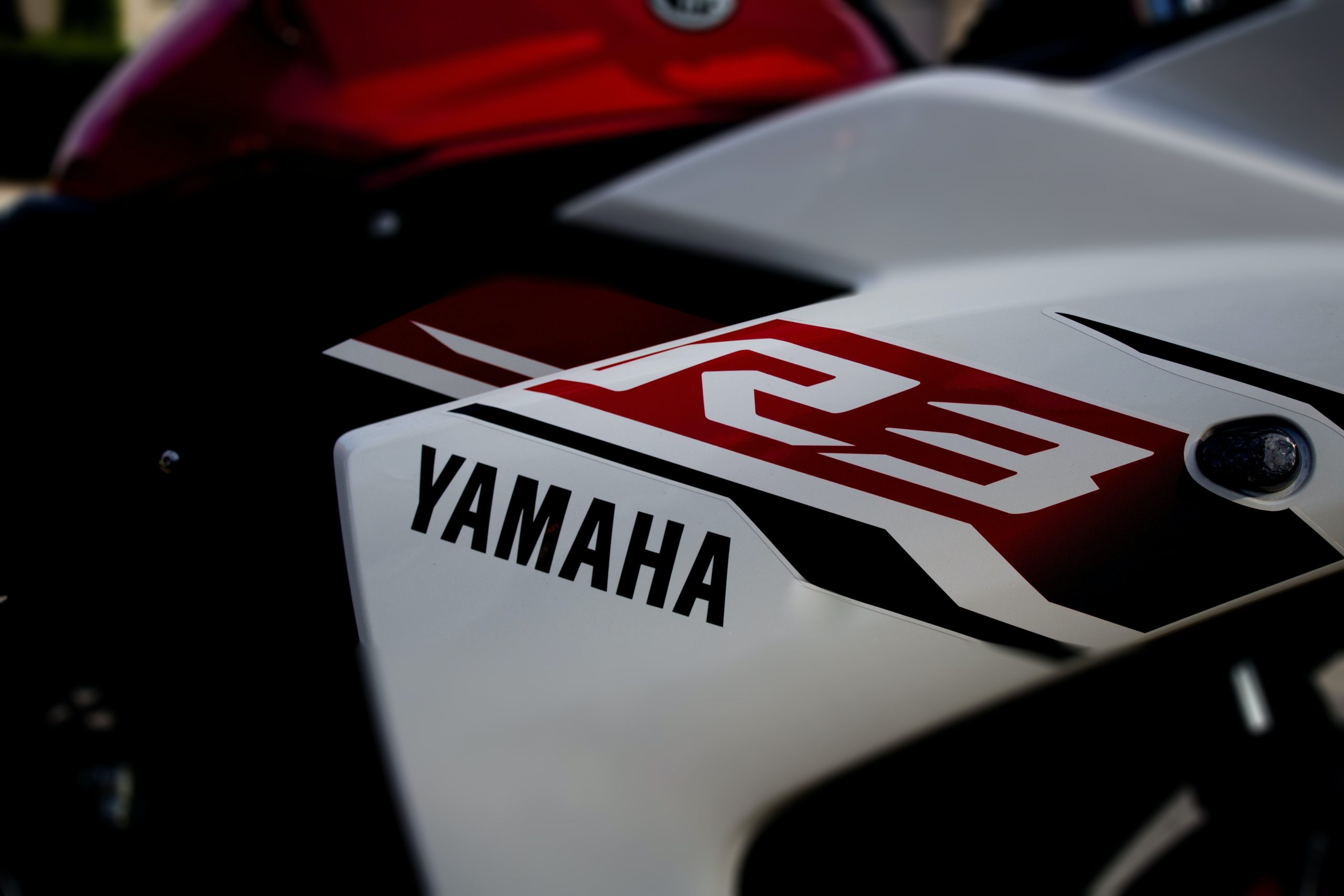
-
Specialty Vehicles:
Yamaha special motorcycles and McGrath supercars also represent unique JDM vehicles.
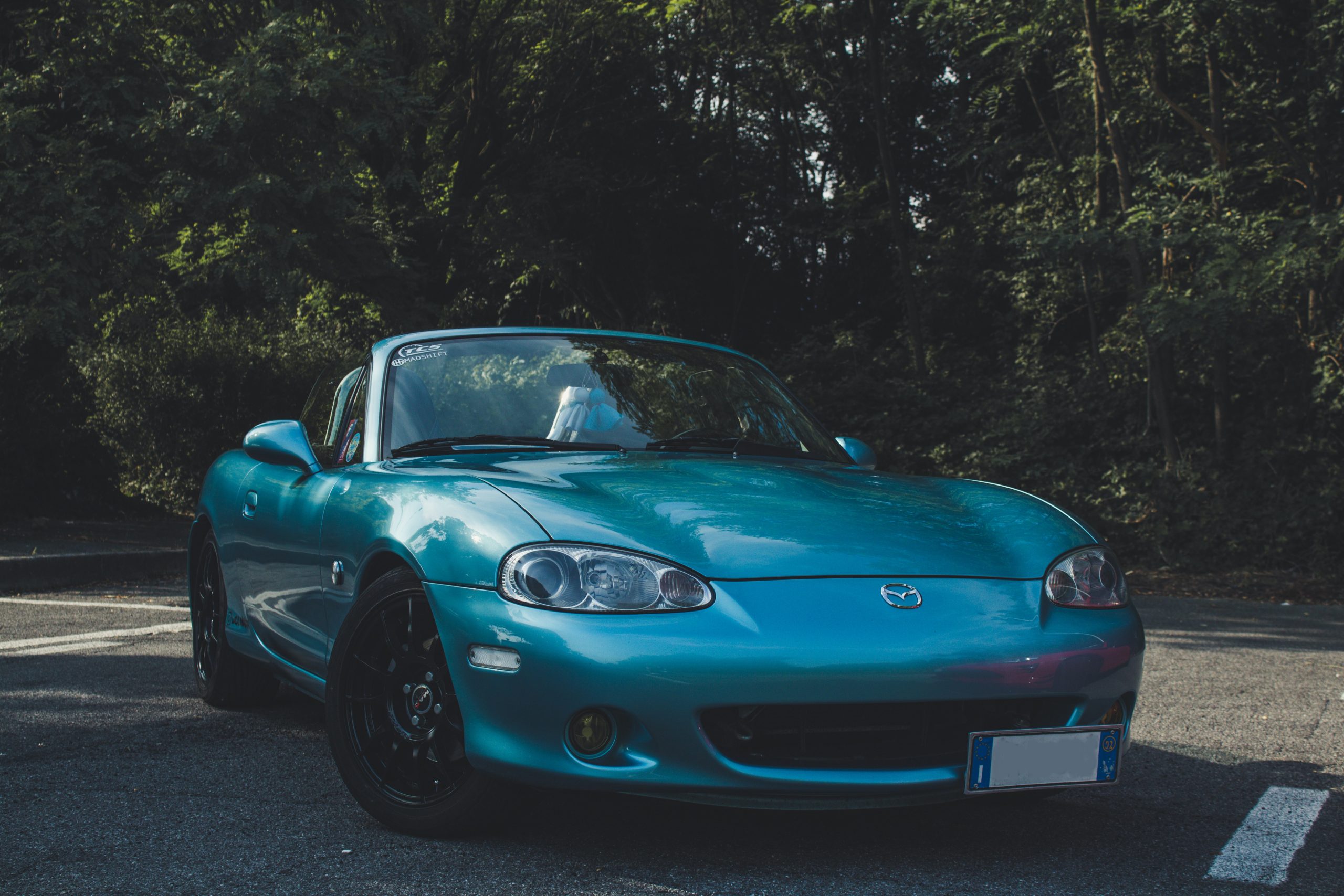
-
Italian Vehicles:
Japanese-made Italian vehicles, such as the Honda NSX and Mazda MX-5, are a fusion of Eastern and Western cultures.

What is JDM Regardless of the model or form?
As long as they embody the performance-oriented nature of Japanese vehicles and the pursuit of driving pleasure. They can be considered part of the JDM culture. This unique automotive culture continues. That influences the global modified car community today. And the spirit of JDM lives on.

Looking ahead, that same intense passion promises to keep innovation levels high as Mitsubishi, and Subaru. Mazda fights obscuring into irrelevance by instilling exclusivity into special variants catering to loyalists globally. Toyota and Nissan decide whether to retain flagship sports car lineages as the industry pivots hard toward autonomous appliances.




